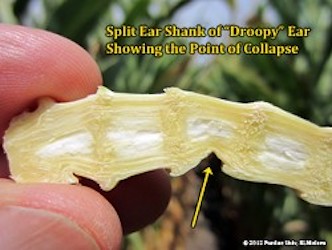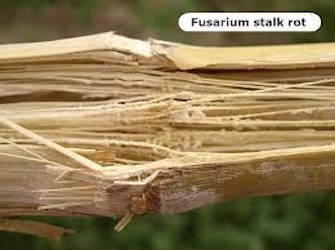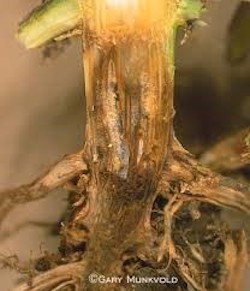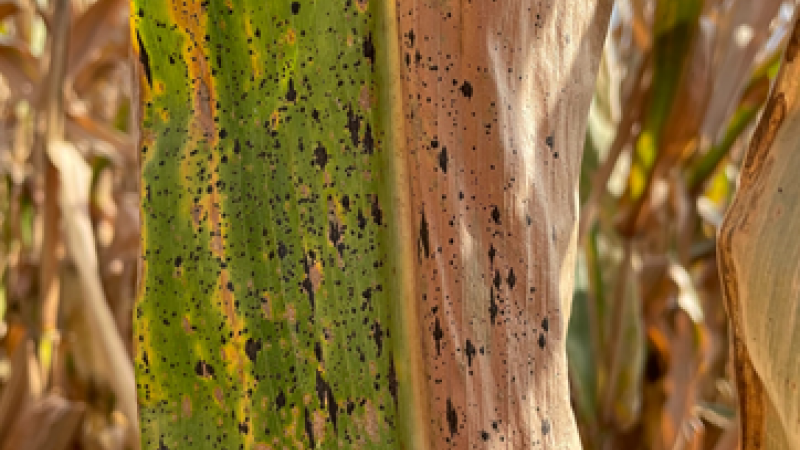Why We Need to Prioritize Our 2019 Corn Harvest
2019 brought us many adverse environmental conditions:
- We started with a challenging planting season. Continuous rain events caused most farmers to begin corn planting much later than normal. We also saw cooler temperatures well into May causing soils to stay below our planting temperatures targets.
- Cloudy weather accompanied all the rain. Solar radiation was limited with all the clouds which had adverse effects on our plants.
- Tillage and no-till programs were far from perfect. Ground was worked wet or no-till planted into wet ground which created compaction and sidewall smearing.
- Most of our fertility programs were compromised. Many growers did not get the desired amount of fertility on the fields and what was put on may have been unavailable as nitrogen and sulfur ended up deep in the soil profile, out of reach from corn roots.
- The first-choice chemical program either wasn’t applied or had to be changed because of the weather creating weedy fields.
When summer came most of the Western Corn Belt continued to receive plenty of rain which was a good short-term fix to the problems stated above. The corn that did get planted grew and looked good, covering up most of the problems we had created. Even though the plants were put under an extreme amount of stress, they did everything they could to produce an ear. The ability to put on that ear may come with a price though, the plant may have had to cannibalize itself to finish out that ear.

As we look to start combining corn, harvest plans need to be made based on field evaluations. Stalk and root rots are hard to predict as one field may develop a problem while the next does not. Similarly, certain parts of the field can be affected worse than others as well. Some hybrids are more resistant then others, but if the environment is right, rots can show up in every hybrid.
As the plant undergoes stress, photosynthesis slows down causing irregular growth patterns, irregular ear development of kernel abortion and ear tip back. Stress will also cause the sugar production to slow down during grain fill resulting in sugars being taken away from the roots, stalks and ear shanks.
Stalk and root lodging is caused by four major events:
- Severe weather – high winds and heavy rain can cause stalks and roots to bend and break.
- Insect feeding – insects can pierce the stalk and leaves to cause a weak point introducing disease.
- Saturated soils – the excess amount of rain caused soils to remain saturated all year long and created shallow roots giving the plant less stability as it grew.
- Stalk and root rots – the environment was a perfect storm to create many different types of stalk and root rots. Figure 1 is an example of a Fusarium crown rot while Figure 2 is an example of Fusarium stalk rot.


It is important growers create a plan of which corn fields to harvest first. Scouting should occur any time after pollination by walking into the field well past the end rows and choosing at least ten locations with different environments in that same field. Different environments can consist of soil types, hybrid changes, fertility zones, and slope of the ground. Evaluate plants by using the push test (stand next to the plant and extend your arm straight out) or the pinch test (pinch the plant in several locations from ground level to the ear) to identify stalk integrity.
If you find trouble spots, first identify how widespread the trouble spots are showing in the field and second prioritize the severity. As always, if you have any questions give your Hoegemeyer team a call.
We hope you have a safe 2019 harvest!

